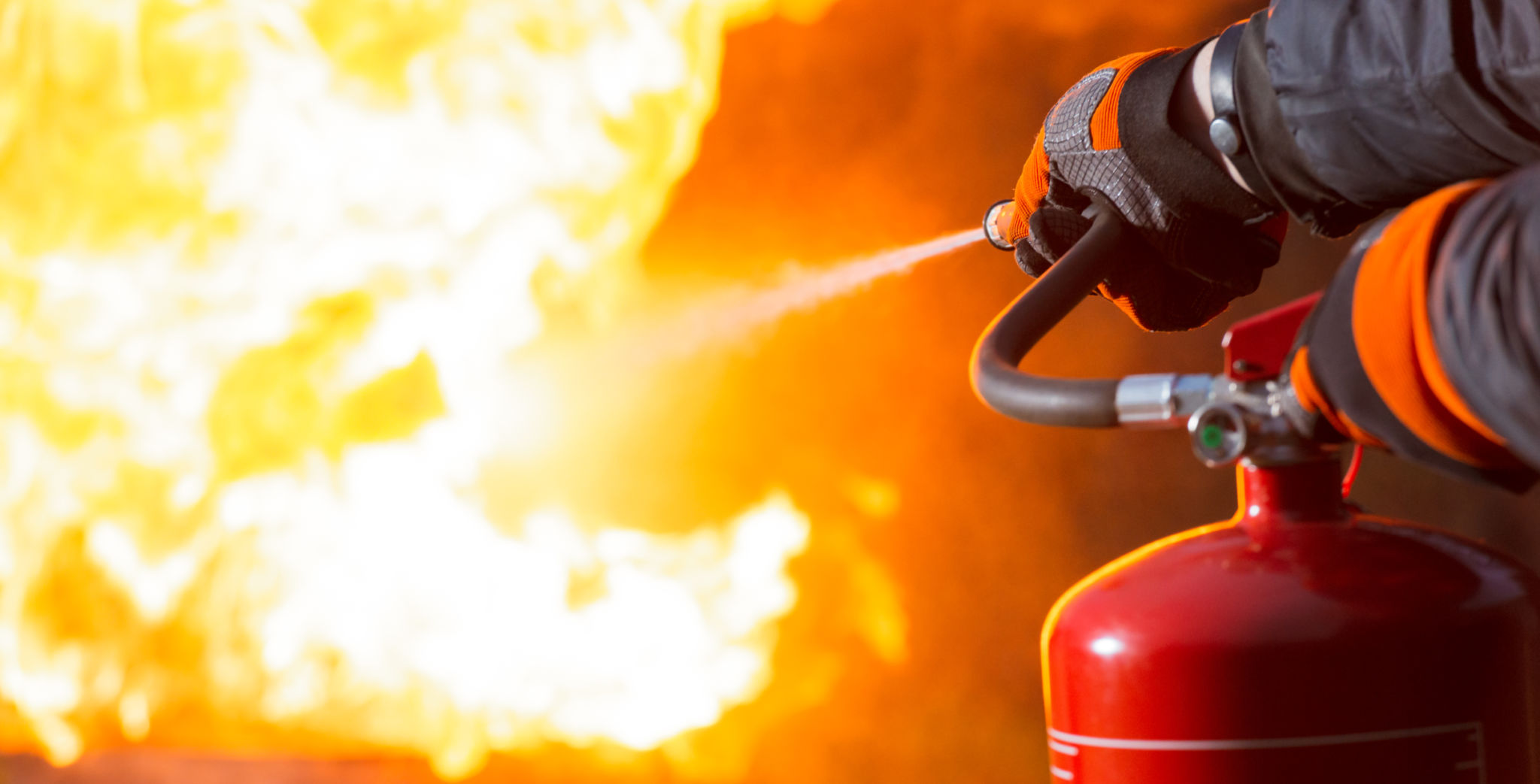How to Install FireProtect Systems: A Step-by-Step Guide
Installing a FireProtect system is a crucial step in safeguarding your home or business from potential fire hazards. By following a systematic approach, you can ensure that your fire protection system is set up correctly and efficiently. This guide will walk you through the essential steps for installation, helping you achieve peace of mind.
Understanding FireProtect Systems
FireProtect systems are designed to detect fires early and alert occupants, potentially saving lives and minimizing property damage. These systems typically include smoke detectors, heat detectors, alarms, control panels, and sometimes sprinklers.
Before installing your system, it's essential to familiarize yourself with its components and functions. Understanding how each part works will make the installation process smoother and help you troubleshoot any issues that arise.

Planning Your Installation
Start by creating a detailed plan for your FireProtect system installation. This includes determining the areas in your building that require coverage, such as kitchens, bedrooms, hallways, and utility rooms. Consider factors like building layout, occupancy, and specific fire risks when planning detector placement.
Ensure that you have all necessary tools and equipment on hand before beginning the installation. This typically includes a drill, screwdriver, ladder, measuring tape, and any manufacturer-specific tools.
Choosing the Right Detectors
Different types of detectors serve different purposes. Smoke detectors are ideal for most areas, while heat detectors are better suited for kitchens or areas with high humidity. Assess each room's specific needs to choose the appropriate detector type.
Installing Detectors and Alarms
Begin by installing smoke detectors on the ceiling or high on walls, as smoke rises. Ensure they are at least 10 feet away from cooking appliances to prevent false alarms. Use the drill to secure the mounting bracket and attach the detector according to the manufacturer’s instructions.

Place heat detectors in areas prone to rapid temperature changes. Follow the same mounting procedure as with smoke detectors. Make sure all detectors are interconnected if your system supports it, allowing alarms to sound throughout the building when one is triggered.
Setting Up the Control Panel
The control panel is the brain of your FireProtect system. Install it in a central location that's easily accessible. Connect all detectors and alarms to the panel according to the wiring diagram provided by the manufacturer. Test each connection to ensure functionality.
Testing Your System
Once everything is installed, conduct a thorough test of your FireProtect system. This includes activating each detector to check if the alarms are working properly and ensuring that the control panel receives signals from all connected devices.

If any issues arise during testing, troubleshoot by checking connections and reviewing the installation instructions. It's crucial to resolve all problems before considering the installation complete.
Maintaining Your FireProtect System
Regular maintenance is vital for ensuring your FireProtect system remains effective. Schedule periodic checks to replace batteries, clean detectors, and test alarms. Keep a log of maintenance activities to track your system’s health over time.
By following this step-by-step guide, you can confidently install a FireProtect system that provides reliable protection against fires. Remember, a well-installed and maintained fire protection system is a key component of home and building safety.
